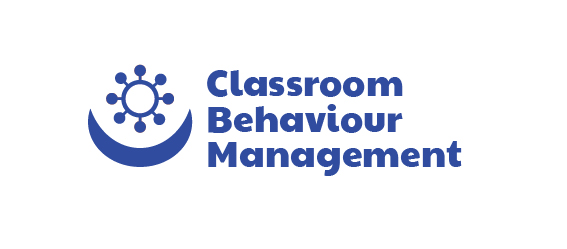Teaching often feels like a juggling act, demanding our full attention and skill to manage successfully. Within the classroom, a complex tapestry of diverse personalities, unique learning styles, and unforeseen challenges unfolds. Educators frequently encounter moments when things go wrong, leading to disagreements, misunderstandings, and conflicts that disrupt the harmonious learning environment we aspire to foster.
For dedicated educators, the question is not whether these situations will arise, but rather how we choose to address them when they do.
In this article, we embark on a journey into effective classroom management, focusing on navigating unexpected challenges. Our goal is to explore the art of orchestrating positive reconciliation meetings—a powerful tool in an educator’s took kit.
Join us as we explore a comprehensive step-by-step guide that equips educators with the knowledge and strategies necessary to facilitate successful reconciliation meetings. Discover how these meetings can transform challenges into opportunities for growth, fostering empathy, understanding, and a sense of community within your classroom.
As educators, it is important to engage in self-reflection when things go wrong, embracing opportunities to learn from our mistakes and take corrective action. An open mind and receptivity to feedback are essential qualities in this regard.
Arranging a reconciliation meeting with the student takes precedence. These meetings offer a structured and compassionate approach to conflict resolution, relationship mending, and the cultivation of a more harmonious learning atmosphere. The educator should dedicate time to understanding the student’s perspective and any underlying issues before initiating the discussion.
Conduct this meeting as promptly as possible, in a quiet and private setting. It is crucial that the student feels heard and valued, knowing that the educator is receptive to their perspective. Open and honest communication from both parties is essential to resolving the issue.
During this meeting, you will have the opportunity to listen to the student’s perspective and share your own experiences, collaboratively seeking a long-term solution to the issue at hand. Through this process, the educator can build a stronger relationship with the student, demonstrating a commitment to their success.
Consider asking the following questions:
- Can you explain the reasons behind your actions?
- What were your expectations for the situation?
- Do you have suggestions for preventing a recurrence in the future?
- Is there anything I can do to support you in avoiding similar behaviour?
- How can I help remind you if this behaviour happens, so I can re-focus you?
Demonstrate patience while actively listening to the student, avoiding assumptions. Seek clarification and summarise their statements to ensure mutual understanding. Maintain effective eye contact and employ positive body language to show your interest and engagement in the conversation. These actions also foster trust and respect between educator and student.
Emphasise the importance of starting with a clean slate for the next lesson. This reassurance allows both student and educator to begin anew, unburdened by past grievances or misunderstandings. It provides an opportunity for the educator to focus on the student’s current progress and set new goals for the future, promoting a positive learning environment that encourages student success.
